Upgrading your PC with a solid-state drive (SSD) can greatly enhance its performance and speed. Whether you want to install an additional SSD or replace your existing hard drive, this guide will take you through the step-by-step process of adding an SSD to your PC.
1. Understanding SSDs:
Before diving into the installation process, it’s important to understand what an SSD is and how it differs from a traditional hard drive. An SSD is a storage device that uses flash memory to store data, offering faster read and write speeds compared to a mechanical hard drive. This results in quicker boot times, faster file transfers, and overall snappier performance for your computer.
2. Selecting the Right SSD:
When choosing an SSD, consider factors such as storage capacity, interface type, and form factor. Determine the amount of storage you need based on your requirements and budget. SSDs come in different form factors, such as 2.5-inch drives for laptops and desktops or M.2 drives that plug directly into the motherboard. Make sure to select an SSD that is compatible with your PC’s interface, which could be SATA, PCIe, or NVMe.
3. Gathering the Necessary Tools:
Before starting the installation, gather the required tools: a screwdriver, an anti-static wrist strap (optional but recommended), and the SSD itself. Additionally, ensure you have the necessary cables and connectors if your SSD doesn’t come with them. Refer to your PC’s documentation or the manufacturer’s website for specific information on the connectors needed for your motherboard.
4. Preparing the PC:
To install an SSD, power down your computer and unplug it from the wall. Open the case by removing the side panel, typically held in place by screws. Once inside, locate an available drive bay or the M.2 slot, depending on the type of SSD you have. Clear any obstructions, such as cables or brackets, that may be in the way.
5. Installing the SSD:
For a 2.5-inch SSD, attach it to an available drive bay using screws or brackets, ensuring a secure fit. If you’re installing an M.2 SSD, locate the appropriate slot on your motherboard, remove the protective cover, and carefully insert the SSD at an angle. Apply gentle pressure until it is firmly in place. Secure the M.2 SSD with the screw provided, if necessary.
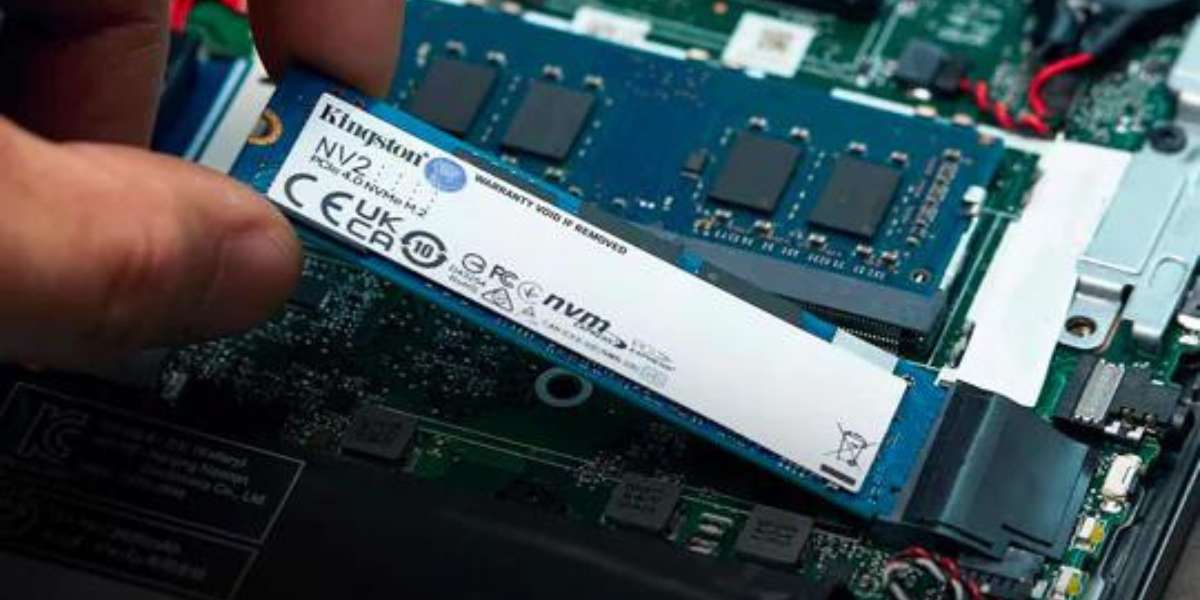
6. Connecting the Cables:
After installing the SSD, connect the necessary cables. For a 2.5-inch SSD, use a SATA data cable to connect the drive to an available SATA port on the motherboard. Additionally, connect a SATA power cable from the power supply unit (PSU) to the SSD. In the case of an M.2 SSD, skip the data and power cables, as the connection is made directly through the motherboard.
7. Closing Up and Booting
Once the SSD is securely connected, reattach the side panel of the PC case and tighten the screws. Plug in the power cable and turn on your computer. Enter the BIOS settings and ensure that the SSD is recognized. If needed, set the SSD as the primary boot device. Save the changes and exit the BIOS.
How to Get iMessage on PC without Mac?
8. Migrating Data
If you’re replacing your existing hard drive with the SSD, you’ll need to migrate your data. This can be done using software tools specifically designed for cloning drives. Alternatively, you can reinstall your operating system and applications from scratch, ensuring a clean setup on your new SSD.
Conclusion:
Adding an SSD to your PC is a worthwhile upgrade that can significantly improve performance. By upgrading your storage to an SSD, you’ll experience faster boot times, quicker application launches, and seamless multitasking. With the step-by-step process outlined in this article, you can confidently add an SSD to your PC and enjoy its numerous benefits.
Remember, always follow proper safety precautions while working with your computer’s hardware. If you’re unsure about any step, consult your PC’s documentation or seek assistance from a professional.
By taking the time to understand SSDs, selecting the right drive for your needs, gathering the necessary tools, and following the installation process carefully, you’ll be on your way to enhancing your PC’s performance.
How to make Fence in Minecraft PC?
With an SSD installed, your computer will operate at lightning-fast speeds, providing a smoother and more efficient user experience. So, don’t hesitate to upgrade your PC with an SSD and unlock its full potential. Happy computing!




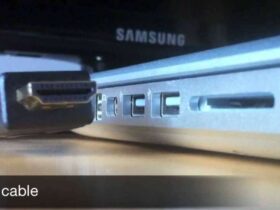
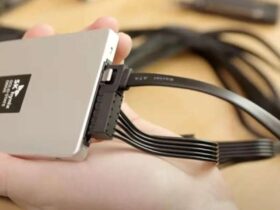
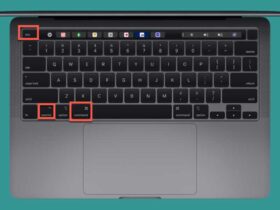
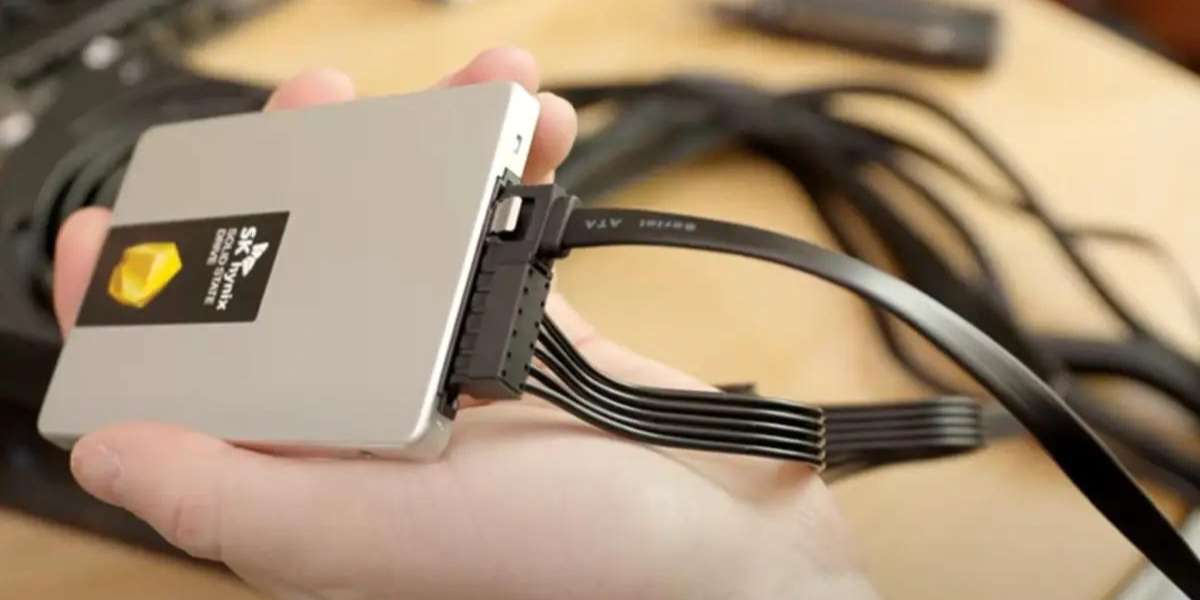
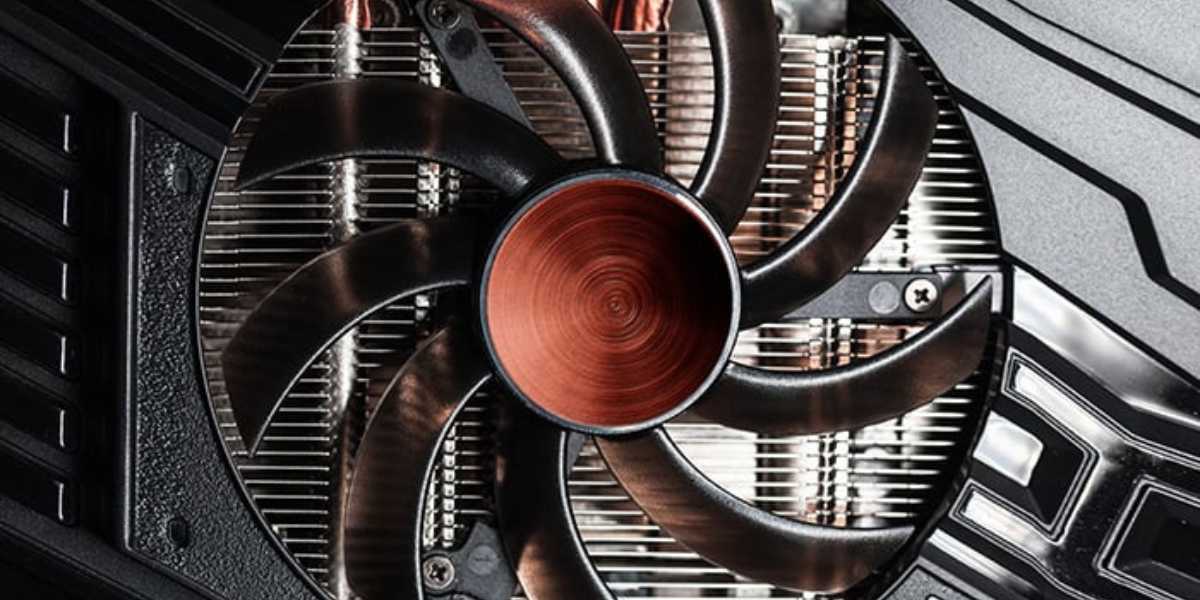




Leave a Reply